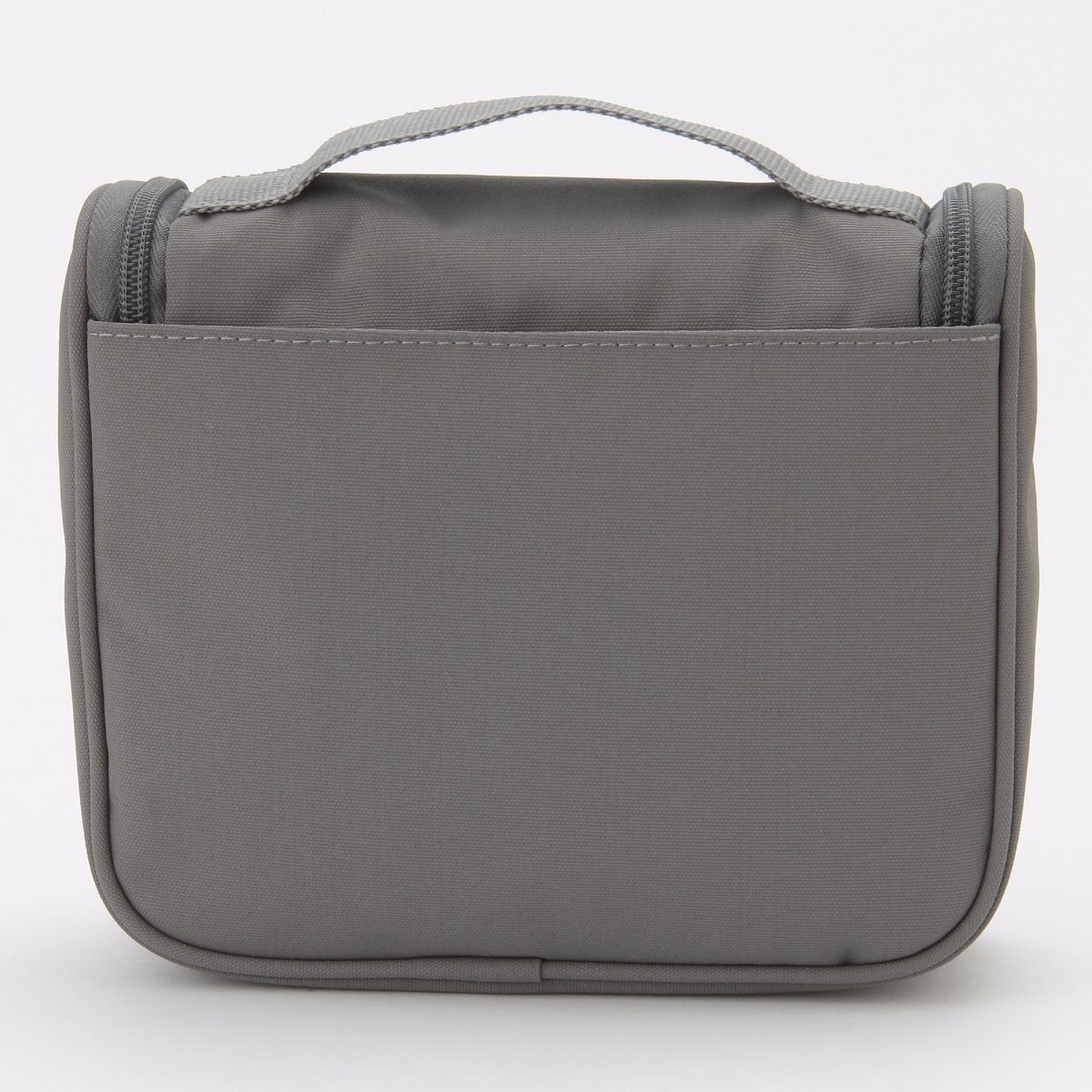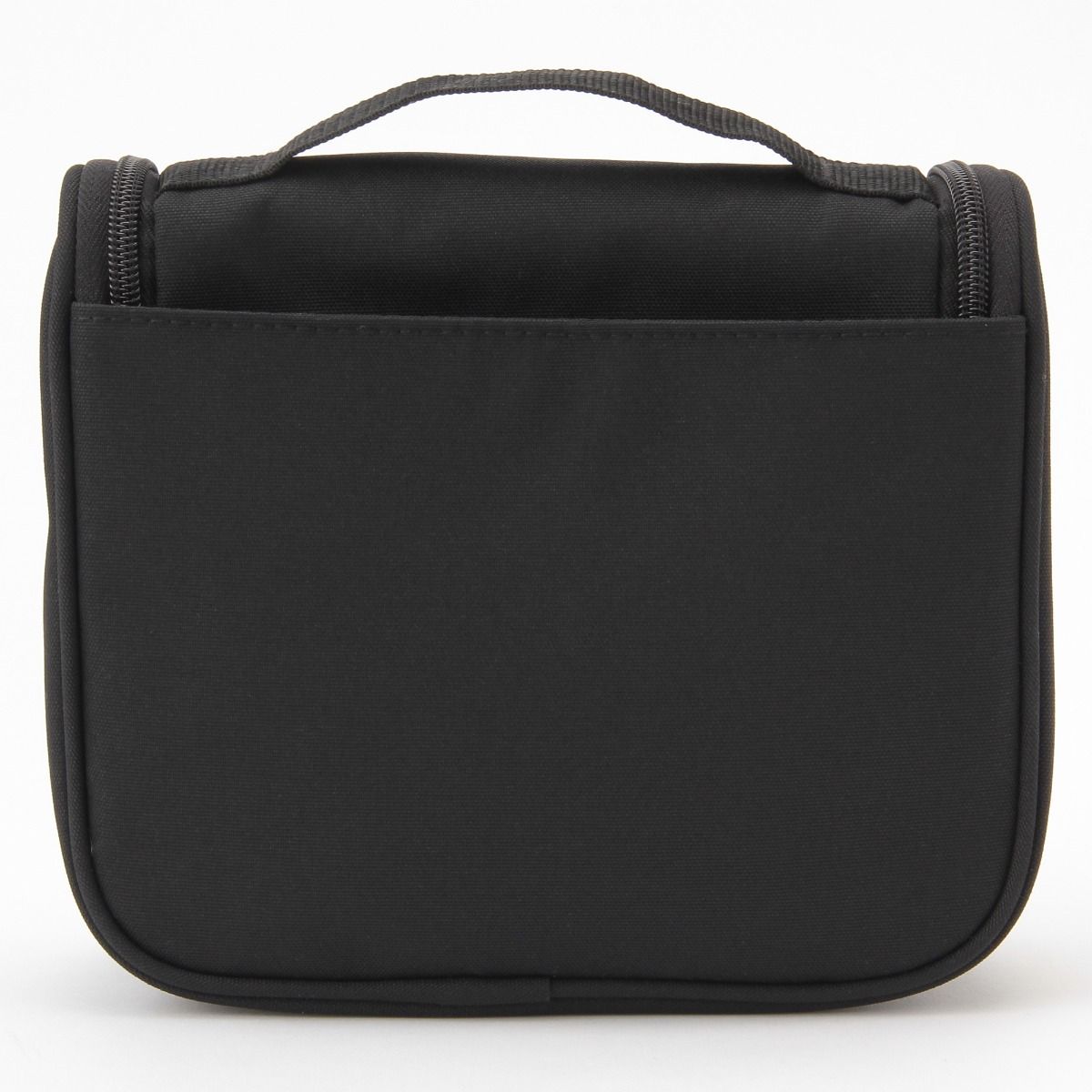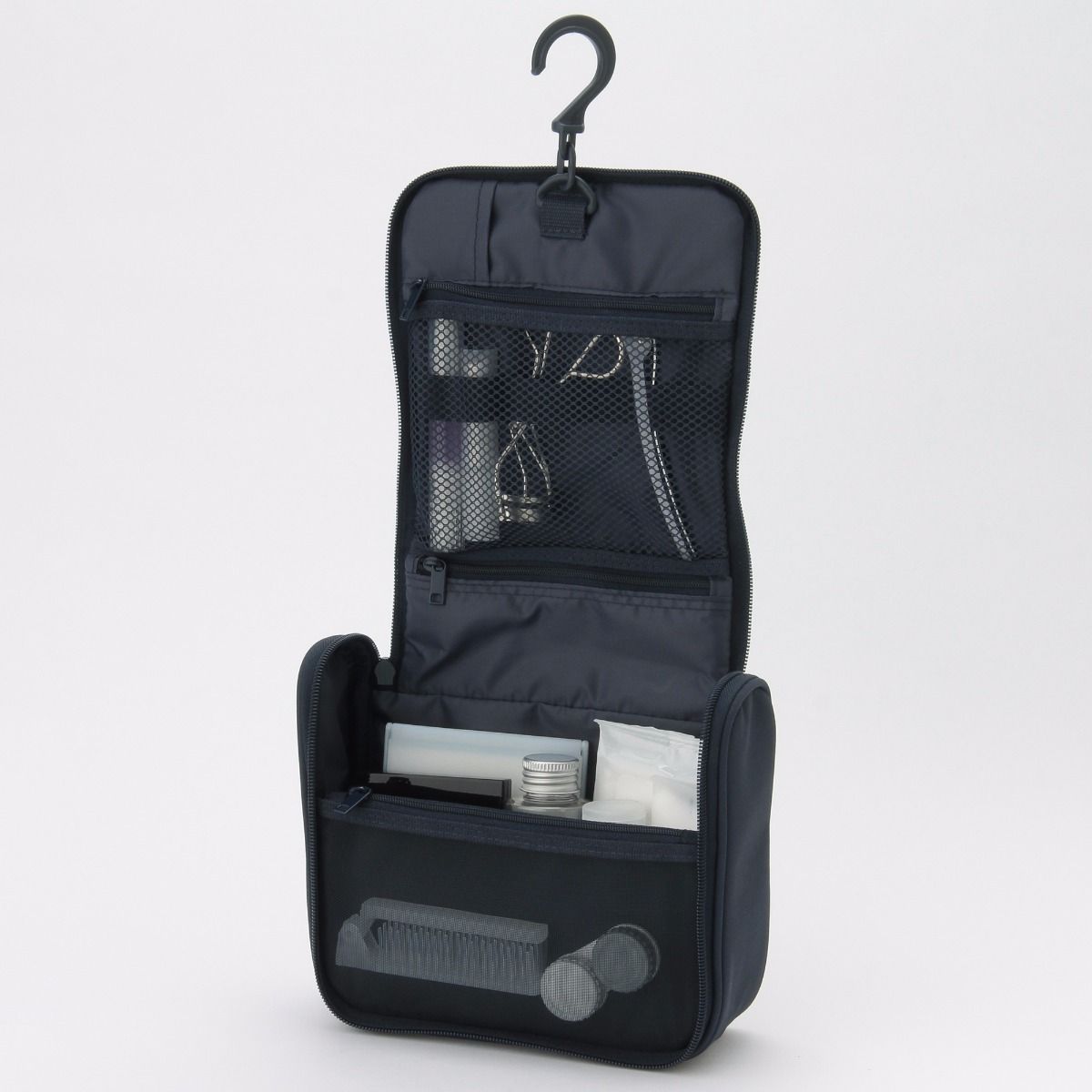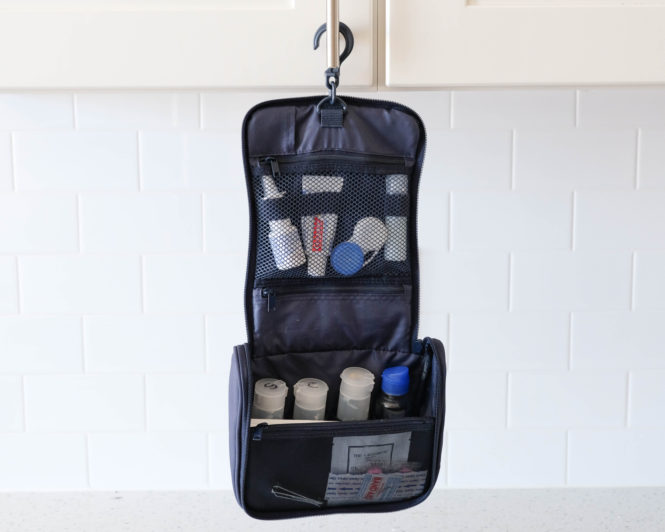The dopp kit – is it a travel necessity or just another unnecessary container within a larger container, meant to hold smaller containers? While I have on occasion thrown one in my weekender bag for short trips, I found them to be cumbersome for longer, airplane-oriented getaways (see note number 5). Dopp kits are generally bulky, and it’s not like I have any shortage of pockets when I travel. For a long time now, I have felt that there’s nothing a dopp kit can do that can’t be done equally well by a sturdy Ziplock bag. That all changed recently, when I was introduced to the MUJI hanging case.
Longtime readers will know MUJI from my earlier travel posts – the Japanese lifestyle company makes the best luggage under $200 that I’m aware of along with many other things, ranging from apparel to stationery. Their web store is very difficult to navigate and doesn’t really do much of a favor to their products, but a visit to one of their brick and mortar stores is like a delightful combination of IKEA, Uniqlo, and the Container Store.
While MUJI does have a deep collection of organizational products for keeping everything in its right place, I never really took a look past their luggage. I first saw their hanging case when I was traveling with a friend, who made clear his disdain for my freezer-burn-resistant toiletry container. He showed me what he used, and my first impression was how little it looked like the dopp kits I’m familiar with. Rather than looking like a miniaturized version of a duffle bag, this was a small feat of engineering. Every bit of space was made extremely functional by a series of zippers and elastic, and it folded upon itself to a very pack-able size. It made clear to me that I hadn’t fully understood the potential of what a dopp kit could be.
I’ve since gotten one of my own, and it has been a game-changer on my recent trips. I have the large hanging case in navy, and it’s also available in gray and black and in a smaller size (which could work if you pack very light, but I find even the large to be quite compact).



The bag is made up of four main compartments: on top you have a zippered pouch with several elastic loops. These loops are sized perfectly for travel size containers (which MUJI also sells, of course) and other small objects. Next is the largest pocket, which also has larger elastic loops and some open space to hold larger items (like deodorant or a toothbrush). Lastly, there are two narrow pockets made for holding thin items like bandaids, medicine, nail clippers, and things like that. UPDATE: I just found another pocket on the back. Just in case, I guess.

The last trick up the MUJI sleeve is the feature that gives the bag its name – up at the top, in a little pocket of its own, is a plastic hook. This is immensely useful, as the the bag can be hung on just about anything and keep counter space free of toiletries. While hung up, the bag is like a miniature medicine cabinet, clearly displaying all of its contents. When zipped up, it becomes a compact cube and can slide into a suitcase or bag with ease.
The bag is made of polyester – not as fancy as leather or waxed canvas, but much lighter and tougher – and costs a mere $20. I can say with confidence that this small investment has already proved its worth after just a few short trips.
In retrospect, it seems that my skepticism of dopp kits came not from their lack of utility, but from my own limited knowledge of the forms that they could take. Too many bulky bags designed for aesthetics and not function made me question the dopp’s usefulness, but I’m a convert now. Once again, MUJI has stepped in a created a product that has dramatically improved my travel experience. If your travel season is about to kick off, I’d encourage you to take a closer look at one of these.
